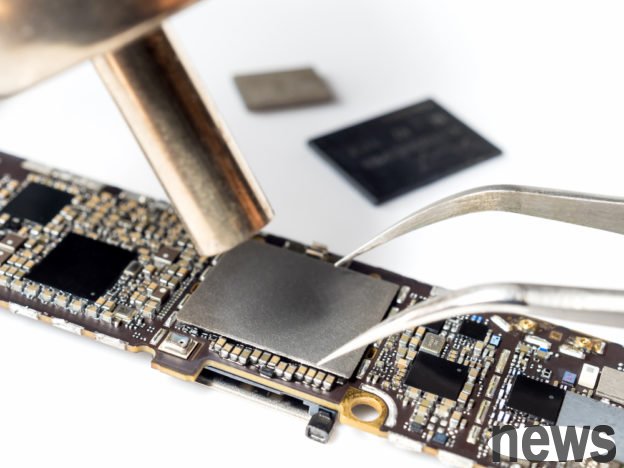
TrendForce observed that the demand for the consumer market was overdrawn in the first half of the year in advance, and the peak season in the second half of the year did not work as expected. The market was generally expected to enter the market in 4Q25.
However, the shortage of HDD supply and long delivery periods have enabled CSP manufacturers to quickly shift storage demand to corporate QLC SSDs, and incurred a large number of incoming in the short term, causing obvious fluctuations in the market. At the same time, SanDisk was the first to announce a 10% increase. Micron also suspended its bid due to price and capacity configuration considerations, making the supply end atmosphere shift from conservative to extreme. Under the influence of spillover, it is estimated that the contract prices of various products of NAND Flash will rise across the board in the fourth quarter, with an average increase of 5% to 10%.
TrendForce pointed out that from the perspective of supply, NAND Flash has benefited from the reduction of production and preferred inventory destocking in the first half of the year, the market supply and demand balance has improved significantly, and the original factory inventory and price pressure have been solved simultaneously. In addition to several large factories planning to start new factory investment next year, their remaining manufacturers' capital expenditures are mostly concentrated on upgrading advanced production processes, optimizing unit cost structure, and focusing on high-gross profit products, reducing price competition to increase profits and forming price support. In terms of product, QLC is widely used in SSD due to its cost advantages, especially the demand for massive data storage by generative AI has increased, making major manufacturers pay more attention to QLC production capacity planning.
From the demand perspective, NAND Flash has been affected by weakening consumption power and OEM purchase trends in the second half of the year, and there are also a large number of generator inventory to be sold on the channel side. However, server OEMs and CSP operators have vigorously cleaned up their inventory in the first half of the year, and NVIDIA's new Blackwell chip 2H25 entered the bulk delivery stage, adding HDDs for supplying them to feed, which has led to a sharp increase in demand for enterprise-level SSDs. As each other grows, the overall demand for NAND Flash remains positive.
Client SSDThe original SSD SSD factory 1H25 reduction and supply strategy adjustment, the inventory water level has dropped significantly, and the market supply and demand are on balance. In addition, high-quality and price ratio large-capacity QLC products continue to be in short supply, which also supports demand.
Enterprise SSDSSD suppliers are re-evaluating order sizes in 2026 and strategically increasing the output of QLC Flash to cater to the market structure changes due to the surge in demand for more than 120TB of customers. Judging from the current market conditions, the supplier's inventory water level has dropped below the health standard. Against the backdrop of the continuous growth of demand for AI and general servers in North America, the pattern of supply will become increasingly obvious next year, which will drive the price of the fourth quarter.
eMMC/UFSNAND Flash supply chain is guided by profitability. For Belgium's higher SSD products, eMMC/UFS not only has weak demand, but international manufacturers have to face fierce competition in the Chinese market with YMTC and various multi-mode manufacturers, so that Chinese smartphone brands can have larger codes when agreeing on prices. In addition, the inventory level of the module factory is relatively high, it is not ruled out that orders are obtained through price competition, which will reduce the price upward space. However, the original factory is eager to earn profits and increase pressure, the original factory will increase the price of the fourth quarter.
NAND Flash Crystal The original NAND Flash crystalline factory was in the process conversion process, and the output cell declined due to the short window period of line adjustment; secondly, in order to reduce the resource configuration in the previous few quarters, the original factory optimized the resource configuration and put the production capacity first into its own high-gross-profit product line to reduce the supply of the die-cast wafer. It is estimated that corporate AI investment will continue to decline, and the original supply will remain tight, which will also lead to a sharp rise in the fourth quarter.